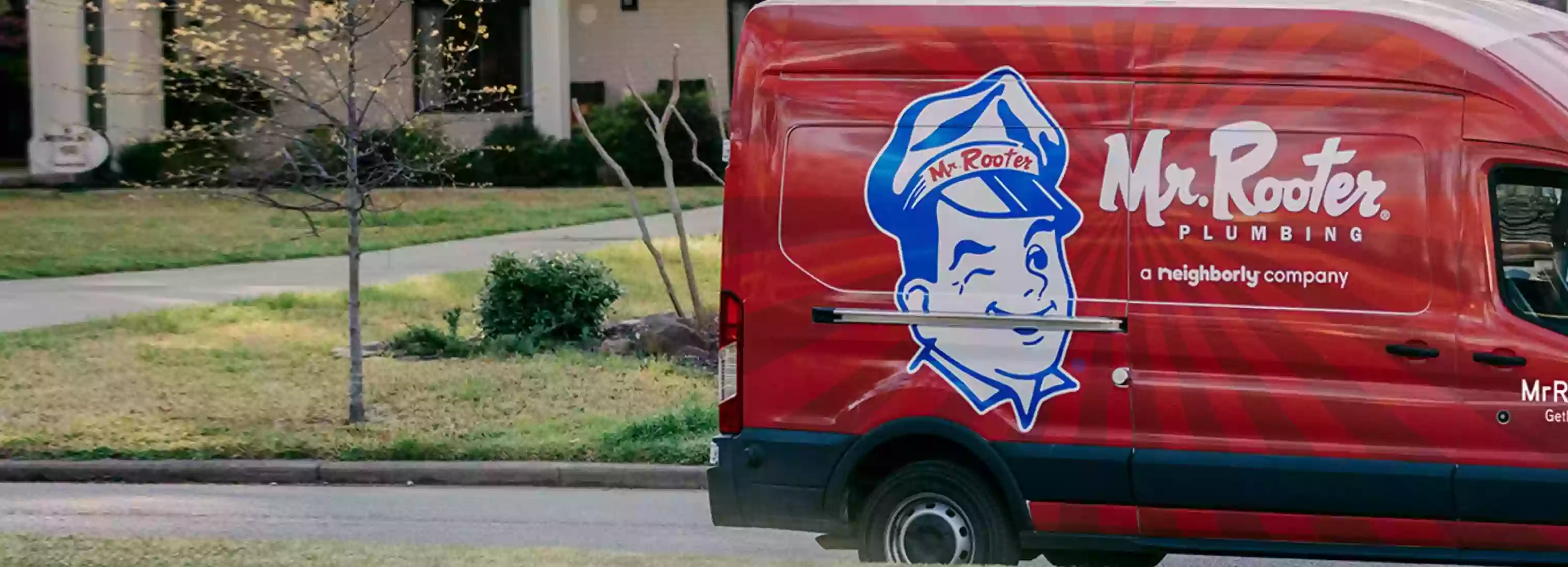DIY: Turning Off The Water To Your Home
Are you experiencing a plumbing disaster? If a pipe has burst or a water line ruptured, you don't have much time. If you want to prevent hundreds or thousands of dollars in water damage, you need to act fast.
Even if you have never had a catastrophic plumbing emergency, you are not immune to disasters in the future. Whether you fear a dripping water heater or leaky supply line, it's good to always be prepared for the worst.
Turning off the water is your best bet to prevent severe damage to your home. This involves knowing where the main water shut-off valve is before a plumbing disaster occurs. Valve locations vary by home, so be prepared to look around a little.
Possible Places for the Water Shut Off Valve
Take time to find the valve now, before disaster strikes. Once you find it, show your family members and teach them how to shut it off. This allows you to take quick action against water damage should disaster strike.
Start by looking around inside. If your home has a basement or crawlspace, the valve is most likely located in one of these areas. Check the walls on the front side of your house. For homes built on a slab, the valve could be located in the garage or near the water heater.
It's also possible the main shut-off valve is located outside. Check-in in front of your home near the street. You're looking for a covered box buried in the ground called a water meter box. You'll see a round or rectangular metal lid flush with the grass. It might even be labeled "water meter." Within this box is the water shut-off valve.
If you look around inside and outside your home and still can't find the valve, call Mr. Rooter® for help.
Turning Off the Water
For valves located inside, turn the valve clockwise to stop the flow of water into your home. You don't need any tools to do this; simply turn the valve by hand.
Valves located outside in an underground water meter box may require special tools to access them. To open the cover, you may need a pentagon socket wrench to remove a security bolt. Some bolts stick up far enough that you can use pliers to turn the bolt. Other covers have a "keyhole" that requires a meter key to open. Still, other covers lift off with a simple twist.
Once the lid is removed, locate the valve closest to your house. This is the residential water supply for your individual home. Now you need tools for turning off the water. You may be able to use a crescent wrench and screwdriver, but if there isn't enough room for a wrench, you need a meter key. Even if the underground valve has a standard knob, don't count on turning it by hand if it hasn't moved in several years.
Whatever tools you use, turn the valve clockwise as far as it will go to shut off the flow of water.
Release Pipe Pressure
The job isn't finished until you release pressure inside the pipes. To do this, go to any faucet in your home and turn on both the hot and cold water until it no longer runs. This precaution could prevent further damage to your plumbing until you sort out the leak, burst pipe, or other plumbing emergency.
Turning off the water is as simple as that! This knowledge can save you big time if ever need to use it. For more useful tips, please contact Mr. Rooter.
 Click to call
Click to call


